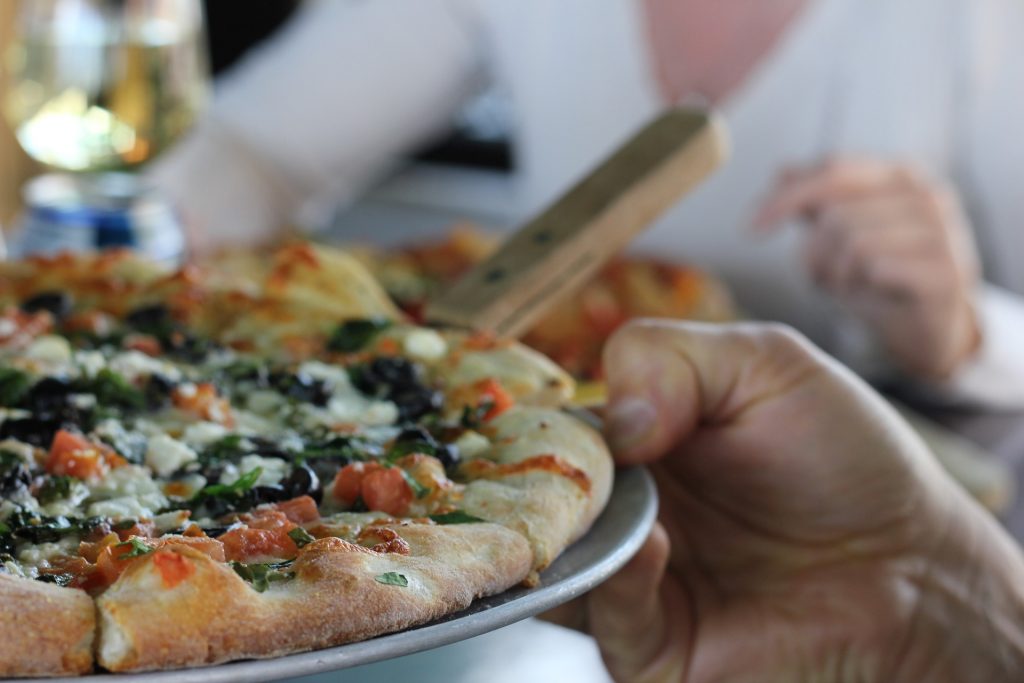A company’s performance can be a direct result of cultural goals it sets and achieves. Whether you’re a five star hotel or a neighborhood pizza shop, your sense of purpose should directly translate – or not – to the people you serve.
Consider Nick Sarillo. There are two Nick’s Pizza and Pub locations in the blue-collar suburbs of Chicago. Nick’s culture is about creating a real gathering place for families in the community. During the recent recession when restaurant traffic and sales were down 10 percent or more, Nick’s was realizing real growth of four percent. They were profitable with positive cash flow. So how did they do it?
For starters, Nick’s defined culture and performance expectations. More than 200 team members focused and aligned their goals behind an anticipatory management system. And they did this in communities where business performance is not the norm, much less in the throws of a recession.
Next, consider that four percent growth was still not meeting their goals. What were the options when costs are cut as much as possible? Raise sales. But how can you raise sales in a restaurant, during a recession, in a blue-collar neighborhood?
On Friday and Saturday, the restaurants had an hour and a half wait, experienced around five turns, and earned $16,000 a night though this is still pizza. So even in the middle of a recession, the weekends weren’t the issue. In a brainstorming session using their company purpose and values as a guideline, someone came up with an idea of serving half-priced pizzas on Monday night.
To be sure, there were plenty of restaurants out there looking to gain market share by lowering prices, mostly with little or no impact. More so, if you went through the so called burger or pizza wars of the 1990s, you know that lowering the price of core products is actually not a smart idea as opposed to creating a new product that provides perception of value at a lower price. So how was half-priced Mondays any different?
Culture is a choice. Why half-priced pizzas on Mondays actually worked.
Here’s the rest of the story. Half-price pizza on Mondays was offered because the purpose of Nick’s was to serve as a real gathering place for families. The entire team, from the president through the wait staff and dishwashers, believed in creating a sincere offering. This was their essential message:
“We know that our community is in a world of hurt. We also know that regardless of how tough it is out there for you and your families, you still visit us because we’re your gathering place of choice. To say thanks, we’d like to offer half-priced pizza every Monday. First, to say thanks, but more so, because we, too, are part of this community. We realize we can do something to support you by providing half-priced pizza on Mondays until unemployment numbers are back to pre-recession percentages.
We all feel the pain of this recession, and we’re in it together. This is one more thing we can do to support you in appreciation for the way you’ve supported us.”
What was the result of half-priced pizza on Mondays?
Thirty days later, Mondays were as busy as the weekends. A month in, local papers called out Nick’s for doing more to boost the attitude of the community and local economy than anything else. What’s the return on investment of free press?
You may say this is just smart marketing. It’s certainly smart, but it’s more. This is an example of decision-making using the purpose and value as guideposts. Nick’s is a company that has explicit values that support their overall business culture. So what’s next? How about half-price on take-out Tuesdays?
A closer look at company culture.
At Nick’s and other successful companies, constant attention is paid to anything closely resembling a red flag behavior. At the same time, emphasis is created on green flag behaviors. Find out what these behaviors are and learn how to create exceptional business culture by downloading our free Cultural Creation Tips from Miick.



